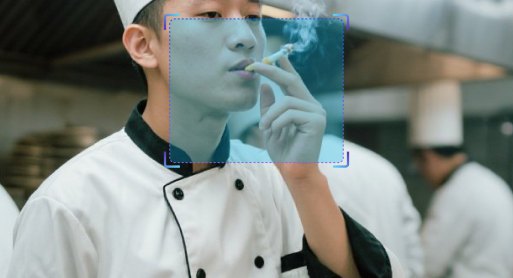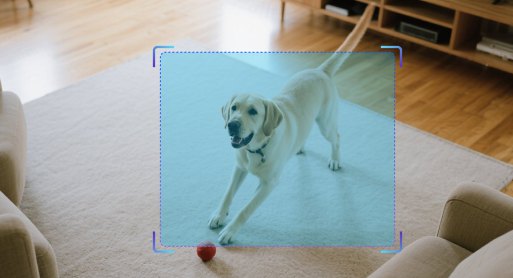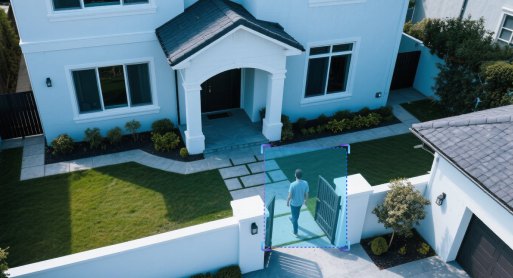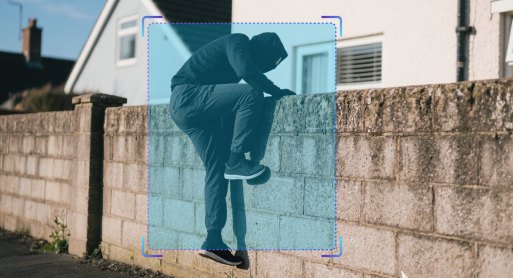
Fall Detection

Algorithm Introduction
The system continuously monitors human posture and dynamic movements to accurately detect abnormal actions such as falls and collapses, triggering real-time alerts. Designed for deployment in campuses, factory premises, and elderly activity areas, this solution facilitates early incident detection and rapid response, significantly enhancing security emergency response capabilities.
- ● Image Requirements:
- Recommended resolution: 1920×1080
- Target size range: 32(width)×32(height) to 512(width)×512(height) pixels
- ● Operational Conditions:
- Minimum 50% bright pixel ratio (grayscale value >40)
- Requires well-lit conditions for outdoor environments
Application Value
-

Industrial Parks
Monitors fall risks in office areas and automatically triggers alert mechanisms. -

Manufacturing Plants
Detects worker fall incidents to enhance industrial safety response efficiency. -

Public Parks
Prioritizes surveillance in high-traffic areas for elderly and children to prevent accidents.
FAQ
-
Algorithm AccuracyAll algorithms published on the website claim accuracies above 90 %. However, real-world performance drops can occur for the following reasons:
(1) Poor imaging quality, such as
• Strong light, backlight, nighttime, rain, snow, or fog degrading image quality
• Low resolution, motion blur, lens contamination, compression artifacts, or sensor noise
• Targets being partially or fully occluded (common in object detection, tracking, and pose estimation)
(2) The website provides two broad classes of algorithms: general-purpose and long-tail (rare scenes, uncommon object categories, or insufficient training data). Long-tail algorithms typically exhibit weaker generalization.
(3) Accuracy is not guaranteed in boundary or extreme scenarios.
-
Deployment & InferenceWe offer multiple deployment formats—Models, Applets and SDKs.
Compatibility has been verified with more than ten domestic chip vendors, including Huawei Ascend, Iluvatar, and Denglin, ensuring full support for China-made CPUs, GPUs, and NPUs to meet high-grade IT innovation requirements.
For each hardware configuration, we select and deploy a high-accuracy model whose parameter count is optimally matched to the available compute power.
-
How to Customize an AlgorithmAll algorithms showcased on the website come with ready-to-use models and corresponding application examples. If you need further optimization or customization, choose one of the following paths:
(1) Standard Customization (highest accuracy, longer lead time)
Requirements discussion → collect valid data (≥1 000 images or ≥100 video clips from your scenario) → custom algorithm development & deployment → acceptance testing
(2) Rapid Implementation (Monolith:https://monolith.sensefoundry.cn/)
Monolith provides an intuitive, web-based interface that requires no deep AI expertise. In as little as 30 minutes you can upload data, leverage smart annotation, train, and deploy a high-performance vision model end-to-end—dramatically shortening the algorithm production cycle.






